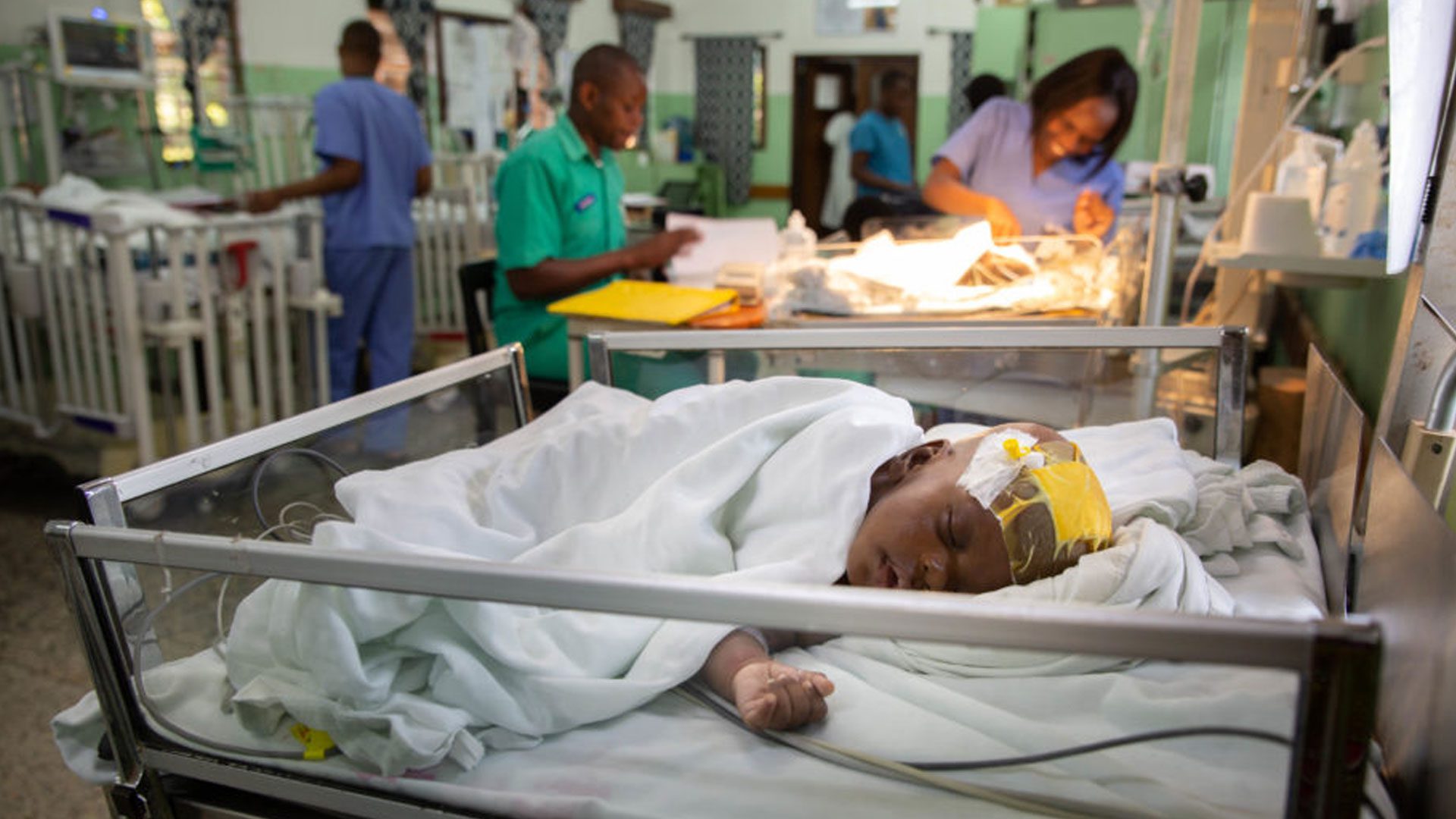Endoscopic third ventriculostomy in the treatment of childhood hydrocephalus in Uganda: report of a scoring system that predicts success
Abstract:
Object: In Uganda, childhood hydrocephalus is common and difficult to treat. In some children, endoscopic third ventriculostomy (ETV) can be successful and avoid dependence on a shunt. This can be especially beneficial in Uganda, because of the high risk of infection and long-term failure associated with shunting. Therefore, the authors developed and validated a model to predict the chances of ETV success, taking into account the unique characteristics of a large sub-Saharan African population.
Methods: All children presenting with hydrocephalus at CURE Children’s Hospital of Uganda (CCHU) between 2001 and 2007 were offered ETV as first-line treatment and were prospectively followed up. A multivariable logistic regression model was built using ETV success at 6 months as the outcome. The model was derived on 70% of the sample (training set) and validated on the remaining 30% (validation set).
Results: Endoscopic third ventriculostomy was attempted in 1406 patients. Of these, 427 were lost to follow-up prior to 6 months. In the remaining 979 patients, the ETV was aborted in 281 due to poor anatomy/visibility and in 310 the ETV failed during the first 6 months. Therefore, a total of 388 of 979 (39.6% and [55.6% of completed ETVs]) procedures were successful at 6 months. The mean age at ETV was 12.6 months, and 57.8% of cases were postinfectious in origin. The authors’ logistic regression model contained the following significant variables: patient age at ETV, cause of hydrocephalus, and whether choroid plexus cauterization was performed. In the training set (676 patients) and validation set (303 patients), the model was able to accurately predict the probability of successful ETV (Hosmer-Lemeshow p value > 0.60 and C statistic > 0.70). The authors developed the simplified CCHU ETV Success Score that can be used in the field to predict the probability of ETV success.
Conclusions: The authors’ model will allow clinicians to accurately identify children with a good chance of successful outcome with ETV, taking into account the unique characteristics and circumstances of the Ugandan population.




















